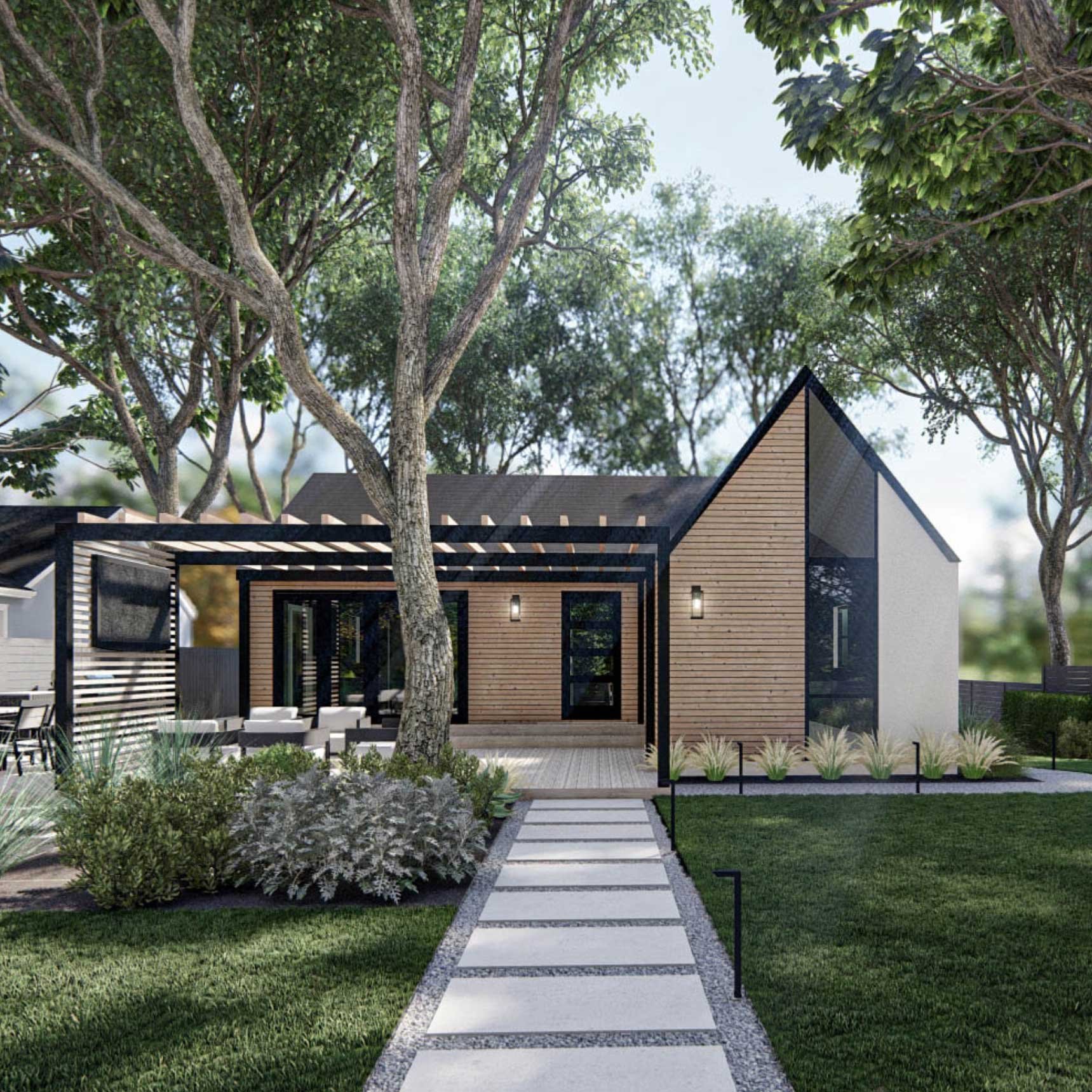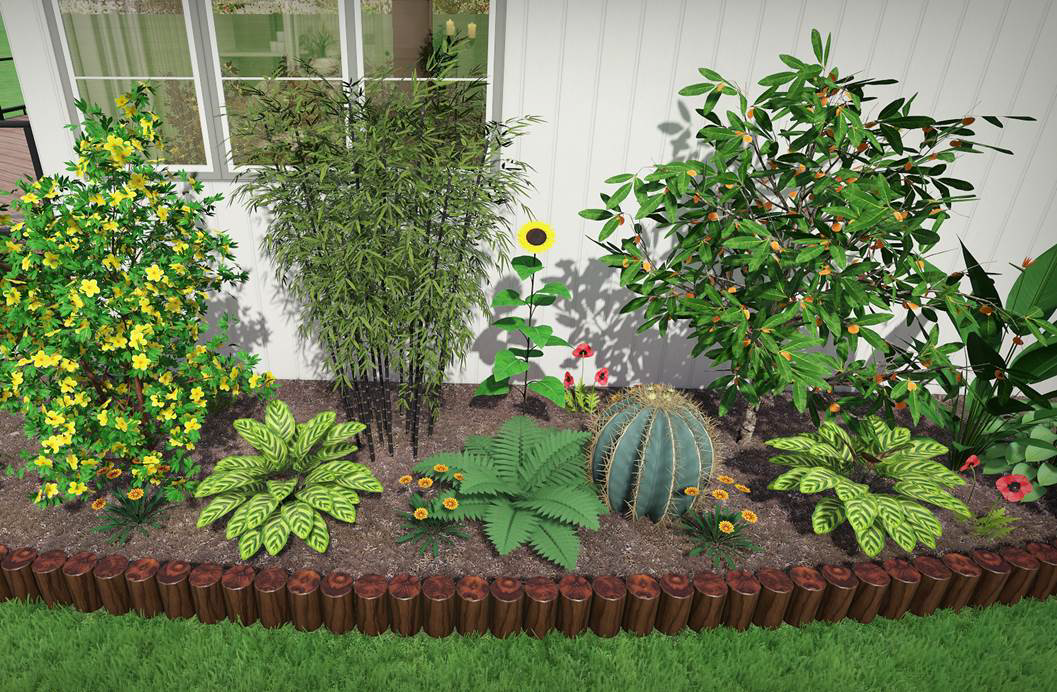9 Simple Techniques For Landscapers
Table of ContentsThe 9-Minute Rule for LandscapersThe Facts About Landscapers UncoveredThe Buzz on LandscapersThe Definitive Guide to LandscapersLandscapers Fundamentals Explained
- A tree or bush (shrub) that loses its fallen leaves in wintertime. In the PNW there are semi-deciduous or semi-evergreen plants that might lose their leaves depending on how chilly the winter is. Abelia and some hebe are fine examples. Landscapers. - A flat celebration space, made from wood or composite material (made to resemble wood), generally nearby or affixed to a structure.


- Granite that is weathered to the point that it is a really fine aggregate. This is a natural procedure, and the outcome can be made use of for courses and outdoor patios. Decayed granite is frequently referred to as DG. It is particularly valuable in modern landscapes. - Key landscape features being suggested in a landscape style strategy.
The 9-Second Trick For Landscapers
These goals guide the layout process, not the designer's design or preferences. Usual design purposes in Portland are low upkeep, drought forgiving, and animal pleasant.
However, over time this layer can obtain very thick and make it tough for water, sun, and nutrients to obtain to portions of the turf.- The process of collecting and regulating the flow of water on a building. This can be performed with grading, French drains, dry wells, absorptive surfaces, sump pump, rainfall gardens, and extra.
Quality at the end of hillsides, with all-natural springtimes, or complete of hefty clay have one of the most drainage problems.- A sluggish feeding irrigation system that utilizes versatile tubing and emitters to send a precise quantity of water to each plant. This is the most effective method of watering plants. - The capacity of a plant to make it through without much summer season water.
- A garden feature where water is represented by an accumulated rock item, normally a crushed rock or granite. These are most typically discovered in modern and Japanese yard design.- A rock or flagstone patio area, course, or pathway developed without a concrete base. The base would be compacted gravel and the joints would certainly be an aggregate or walkable ground cover.
Landscapers Fundamentals Explained
- A rock keeping or complimentary standing wall developed without the usage of mortar. - A below ground their website framework that collect water and permits it to slow down percolate right into the dirt around it.
Landscape style that is suitable with a sites' setting in both look and sustainability without unfavorable influences to the atmosphere. Bordering in the landscape is a line of demarcation that develops aesthetic rate of interest in the yard by separating one sector from one more sector.
Areas can additionally sense of "unit" provided by trees, other plantings, fencings, or screens. The landscape near the access to a building. A tree, bush or why not find out more creeping plant, educated to grow on a wall or fence into a certain pattern. Specifically helpful for fruit trees, making it easy to collect the fruit and consisting of mess.
A plant that is not native to the area where it will be planted. Thicker bladed turf lawn that spread using rhizomes.: The level of dirt on your home before bark dust or garden compost is spread out.
Landscapers Fundamentals Explained

The objective, factor, or activity that a location is be landscaped for. Staircases operate, as an example, to permit foot website traffic up and down a slope. Space for expanding plants for seeing, consuming, or physical task. A roofed building utilized over an outdoor celebration space. The sprouting of a seed, maybe describing a lawn that is being expanded from seed.
Rock product, either rounded or fractured, that is relatively little- typically 1" or much less. Reduced plants that are allowed or encouraged to spread out over an area. Can refer to any "tough" garden components including statuary or stones but many typically is made use of to describe courses, outdoor patios, and walls.: Elevation difference between the level of water in a pond (or the level of the pump if it sits outside the pond) and the top electrical outlet of water which influences performance of the water pump in gph (gallons per hour). Dense shrubs or trees that form a fencing, display, or border.

The smart Trick of Landscapers That Nobody is Talking About
Traditional PNW landscapes are informal. A plant that spreads even more than wanted, or into habitats where it does damage.
Can consist of head positionings and insurance coverage, pipeline sizing, GPM specifications, and products required to mount this system. Accredited specialist that makes landscapes, educated in design and style as well as in cultivation.
Landscape designers usually have less schooling than Landscape Architects and are not accredited. A finished landscape style, detailing all components for the brand-new landscape.
A water limited HDPE material made use of beneath fish ponds, streams and waterfalls in water functions. Using several plantings of the exact same variety to load in an area in the landscape.
Comments on “Landscapers Fundamentals Explained”